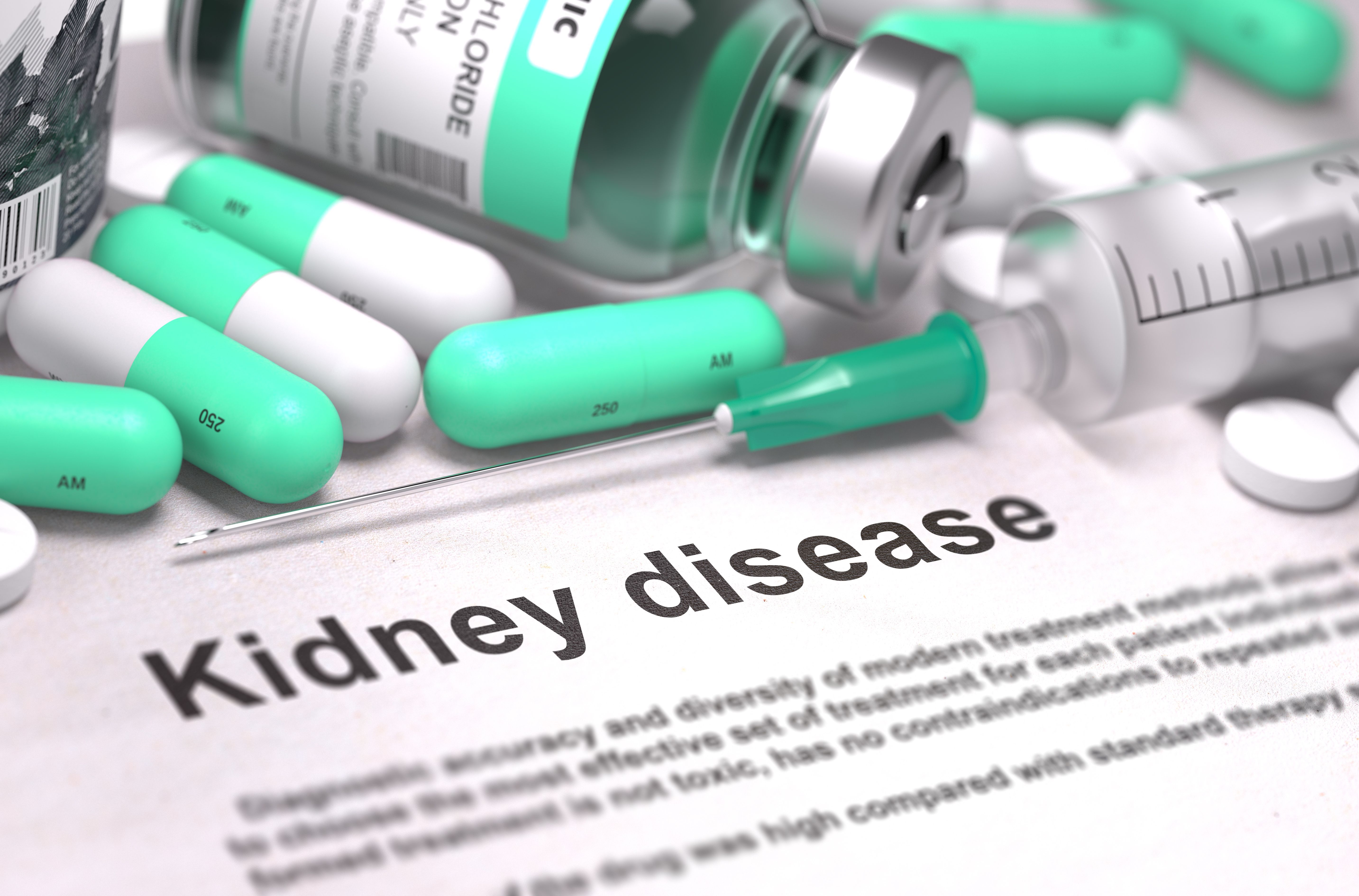Hydroxychloroquine, Leflunomide Improve Proteinuria, Renal Function in IgAN
Hydroxychloroquine and leflunomide were found to be safe and effective for treating IgAN, with study results showing the use of both immunosuppressants in combination with a renin-angiotensin system inhibitor proved most effective in improving proteinuria and stabilizing renal function.
Credit: Fotolia

Hydroxychloroquine and leflunomide may be effective treatment options for reducing proteinuria in patients with immunoglobulin A nephropathy (IgAN), according to findings from a single-center retrospective analysis.1
Results showed hydroxychloroquine more effectively reduced proteinuria while leflunomide demonstrated superiority for hematuria reduction, although the combination of both immunosuppressants with a renin-angiotensin system inhibitor (RASi) was more effective in improving proteinuria and stabilizing renal function compared to using a RASi alone.1
A chronic kidney disease that progresses over time and can lead to end-stage renal disease (ESRD), IgAN causes inflammation preventing the kidneys from filtering waste from the blood. Treatment seeks to slow this progression by controlling blood pressure, reducing inflammation, and lowering cholesterol. However, a current lack of understanding surrounding the pathophysiology of IgAN hinders its safe and effective treatment.2
“To date, the pathophysiological mechanism has remained unclear, and treatment remains largely empiric. In addition, the safety and efficacy of steroids and immunosuppressants remain controversial,” Lin-lin Liu, of the department of nephrology at the First Affiliated Hospital of China Medical University, and colleagues wrote.1 “Various immunosuppressive agents may be effective in subgroups of IgAN patients based on various mechanisms of action.”
To explore the safety and efficacy of hydroxychloroquine and leflunomide therapy for treating IgAN, investigators retrospectively screened an IgAN registration database for adult patients who underwent renal biopsy and were confirmed to have primary IgAN from January 2018 - December 2021. Patients in the immunosuppressive groups were required to have been treated with hydroxychloroquine or leflunomide as the only immunosuppressant for ≥ 6 months, while patients in the control group were sex- and age-matched and treated only with RASis.1
A total of 159 patients with biopsy-confirmed IgAN were enrolled in the study, including 57 patients receiving hydroxychloroquine plus a RASi, 52 patients receiving leflunomide plus a RASi, and 50 patients receiving only a RASi. Of note, there were no statistically significant differences in the age, sex ratio, proportion of patients with hypertension, estimated glomerular filtration rate (eGFR), serum albumin, serum alanine aminotransferase, 24-hour total urinary protein excretion, or pathological classification among the 3 groups. However, investigators pointed out hematuria in the leflunomide group was greater than in the other 2 groups (P <.001).1
Investigators collected and monitored changes in participants’ 24-hour total urinary protein excretion, urinary red blood cell counts per high power field, eGFR, therapeutic regimens, and adverse events to compare the safety and efficacy of hydroxychloroquine combined with a RASi, leflunomide combined with a RASi, and a RASi alone.1
After 6 months of treatment, urinary protein levels decreased significantly across all 3 groups (P <.001). This difference was most notable in the hydroxychloroquine group, where 24-hour total urine protein decreased from 0.89 (Interquartile range [IQR], 0.70-1.23) grams/day at baseline to 0.22 (IQR, 0.14-0.49) grams/day at 6 months (P <.001).1
All 3 groups showed decreasing hematuria at 6 months of follow-up, although this difference did not reach statistical significance in the hydroxychloroquine and RASi-only groups. In the leflunomide group, however, investigators pointed out red blood cell counts significantly decreased from 43.75 (IQR, 31.33-67.90) at baseline to 15.13 (IQR, 9.91-23.53) per high power field at 6 months (P <.001).1
Although not statistically significant (P >.05), all 3 groups showed increasing levels of eGFR from baseline. However, the changes were statistically significant among the groups, leading investigators to suggest the additional use of hydroxychloroquine or leflunomide with a RASi may be beneficial in delaying the progression of renal function.1
Of note, investigators did not observe any serious side effects leading to a change in treatment regimen in any of the 3 groups.1
Potential limitations to this study include its single-center retrospective design, limited number of participants, and short follow-up time. Additionally, investigators noted the mechanisms and targets of hydroxychloroquine and leflunomide in IgAN were not explored in the present study.1
“Results showed that both hydroxychloroquine combined with a renin-angiotensin system inhibitor, and leflunomide combined with a renin-angiotensin system inhibitor were more effective than a renin-angiotensin system inhibitor alone in improving proteinuria and stabilizing renal function in IgAN patients,” investigators concluded.1
References:
- He WJ, Wang J, Liu N, et al. The efficacy and safety of hydroxychloroquine versus leflunomide in patients with IgA nephropathy: a single-center experience. J Nephrol. https://doi.org/10.1007/s40620-023-01839-x
- Johns Hopkins Medicine. Immunoglobulin A (IgA) Nephropathy. Conditions and Diseases. Accessed February 5, 2024. https://www.hopkinsmedicine.org/health/conditions-and-diseases/immunoglobulin-a-iga-nephropathy